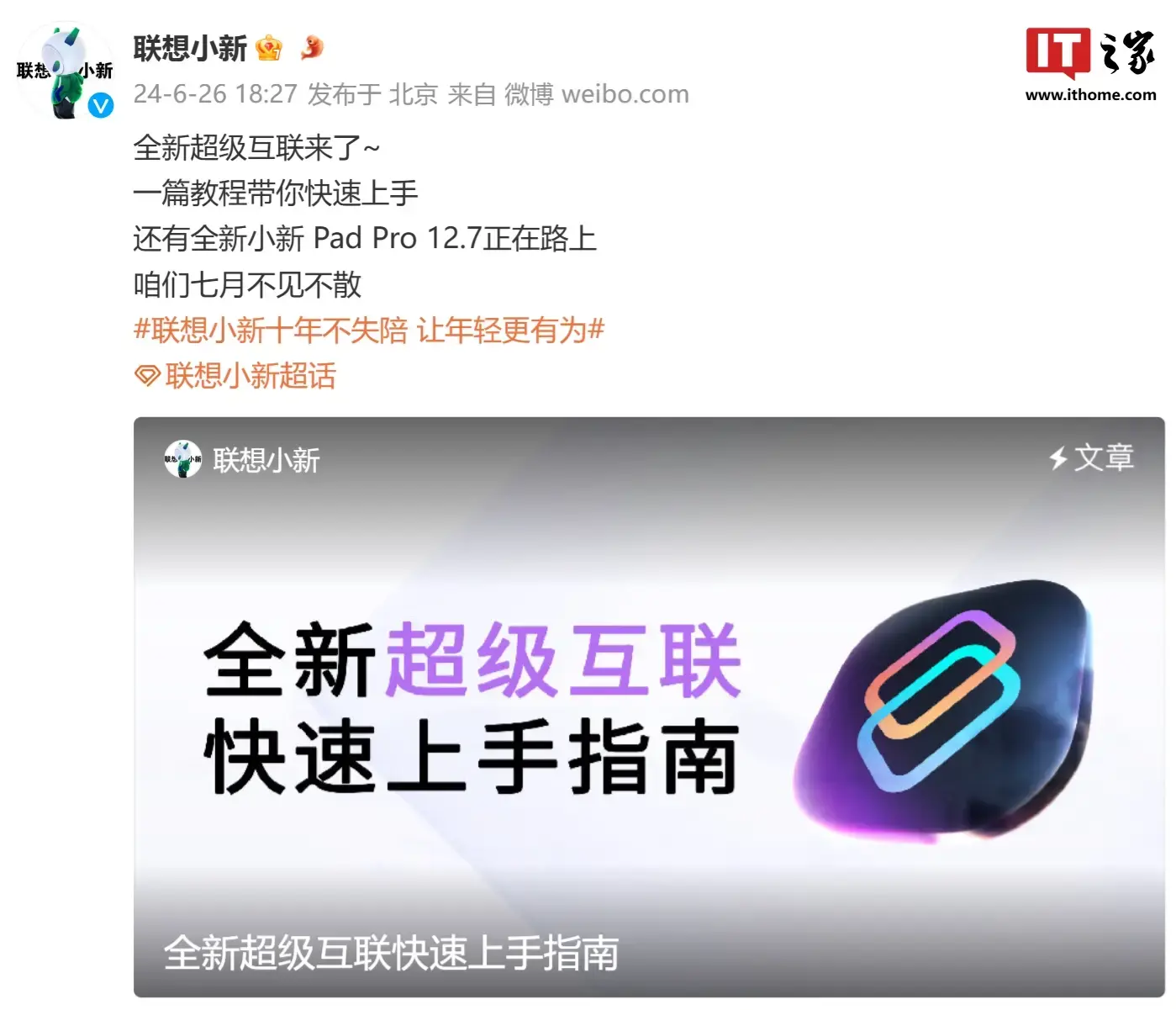Lenovo has recently unveiled a new feature named “Super Connectivity” in conjunction with the announcement of the latest version of their Xiaoxin Pad Pro 12.7 tablet, which is expected to launch in July. Super Connectivity is designed to provide a seamless experience for users who own multiple Lenovo devices, focusing on three main functionalities.
Enhanced Device Ecosystem
Lenovo seems to be aiming to refine and streamline its device ecosystem. Super Connectivity serves as a file transfer hub, enabling users to share files of any size effortlessly between compatible Lenovo devices. Beyond basic file sharing, Super Connectivity introduces an “Application Transfer Station.” This feature might allow users to transfer applications, potentially preserving their current state or progress, from one device to another. It could also include functionalities like a “computing power shuttle” for resource-intensive tasks, projecting apps onto a larger screen, and even relaying tasks between devices, similar to Apple’s Handoff feature.
Central Hub Functionality
The “Device Hub Station” appears to aim at positioning the Xiaoxin Pad Pro 12.7 as a central hub for other devices. Users could potentially connect a keyboard and mouse to the tablet for a more desktop-like experience. Additionally, wireless secondary screen functionality might be part of this hub station, allowing the tablet to project its display onto another device wirelessly.
Upcoming Release Details
Although specific details about the Xiaoxin Pad Pro 12.7 are still scarce, it seems to be the cornerstone for Lenovo’s Super Connectivity ecosystem. The tablet has already received China’s 3C certification (model TB375FC) and is anticipated to include a 45W charger in the package.
As we get closer to the July release date, more information regarding the specifications, design, and exact functionalities of both Super Connectivity and the Xiaoxin Pad Pro 12.7 tablet is expected to be disclosed.



Leave a Reply